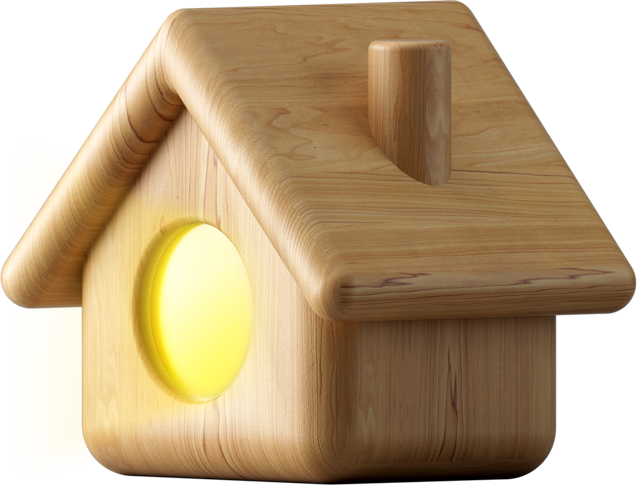Successful collaborations
A case study is better than a thousand emojis!
Explore the ethos behind some of my past collaborations. Whether creating a service from scratch or addressing unfamiliar customers, Service Design offers a pathway to bring all collaborators to the table and refine meaningful and viable experiences.
Addressing a new category of clients
This company made the big jump from serving B2C clients to addressing much more complex B2B clients with multiple internal stakeholders. Service Design helped streamline a relevant experience.
CLIENT: Confidential
INDUSTRY: Construction & Real Estate
TYPE: B2B
TURNOVER: 20M€
NO. OF EMPLOYEES: 100+ employees
Challenge
Envision a desirable B2B experience of an existing consumer market service, identify the new processes and interactions between all levels of operations (front staff, helpline, admin...).
Result
We created a service blueprint describing how the new service for the B2B persona would be implemented. We identified and did some rapid mock-ups of the missing IT components (ERP, CRM, mobile input apps for technicians on the field...).
Context
The client, a SME in the Service for Real Estate & Building Industry (20M€ turnover, 100+ employees), is a leader in the consumer market and wanted to adapt their services for the B2B market.
Feedback
"I'm very pleased with the roadmap we came up with! Baptiste involved 15+ key internal stakeholders to release the blueprint of the new service, that means each aspect of the customer experience and the operations was explored thoroughly. Our staff had never worked so collaboratively before. Everyone had a say and it was good to consider the voice of the business with the voice of the customer while crafting our strategy. We couldn't have done it without Baptiste's expert facilitation."
— CMO

What is a Service Blueprint?
A Service Blueprint is a visual tool used to map out a user experience and all the steps the business takes to support it. Service Blueprints happen to be a great tool to get multidisciplinary teams working in the same direction, it helps to break down silos by creating a common conversation centred around the end-users.
Service Blueprints can either be sticky taped on an office wall — for everyone to see and comment on — or shared on a virtual whiteboard — easier to keep up to date. Once we get the ball rolling collaborators can't to stop talking about customers and the level of care they'd like to deliver — and we know we've done half of the way already!
A Service Blueprint works a little bit like a map to the future state of the service you want to launch, displaying both the visible parts of your service (such as when a customer enters a store — physically or on a device) and the backstage interactions (such as when a sales person fills in their contact details on the company ERP then assigns a colleague to handle the next business process).
More specifically it depicts your vision of the service from the surface (user) to the core (processes and tech invisible to the user). It also takes into account the idiosyncrasies of your organisation (policies, legacy softwares, etc.) to make sure all collaborators align their processes into the new shared vision.
When you've completed your mission, do you drop the deliverables and run away?
Seriously?! No, handovers are among my favourite moments in a project. Deliverables and final presentation are usually articulated around a Service Blueprint. We — the client, product team, various guests from across your organisation and your service designer — usually sit around the blueprints of the future service (see above) and start going through every aspect of the new organisation.
The energy in the room is always very special during handovers, a great mix of pride of achievement and the vertigo of what's left to be done. I love handovers!
Can you work remotely?
Workshops can be conducted online and/or onsite with different members of the organisation, ideally representing the different aspects of the business. Most importantly the product team must include several customer-facing staff.
Regarding remote User research... it depends on the topic and context. What must guide the choice of method is the ability to gather enough qualitative user data.
Is Service Design also relevant for B2B companies ?
Yes, absolutely! Service Design is about building services around users needs, and sometimes end-users happen to be members of the general public, sometimes however end-users are business people, their needs are similarly complex and tainted with human nature incoherences.
On top of that don't forget every services, whether B2B, B2C, B2B2C or GOV or else is operated at some point by humans (thankfully!) and these coworkers, who we can consider business people, have needs too. Their needs, within the context of service delivery, are really important too and should be carefully catered for so the service is delivered in the most seamless way, both on stage (e.g. interactions with the clients) and back-stage (e.g. in the office).
Wait a second... Product or Service?
Same same... we tend to view everything, especially every product, as a service. The reason for that is that we're people focused, not tech focused, so even when working on a product (such as an app) we'll try to focus on the experience of using the product, a.k.a. the service it provides to the user. So you'll hear us say product and service interchangeably — daring, isn't it?
Any other question?
Head here and ask me directly!
